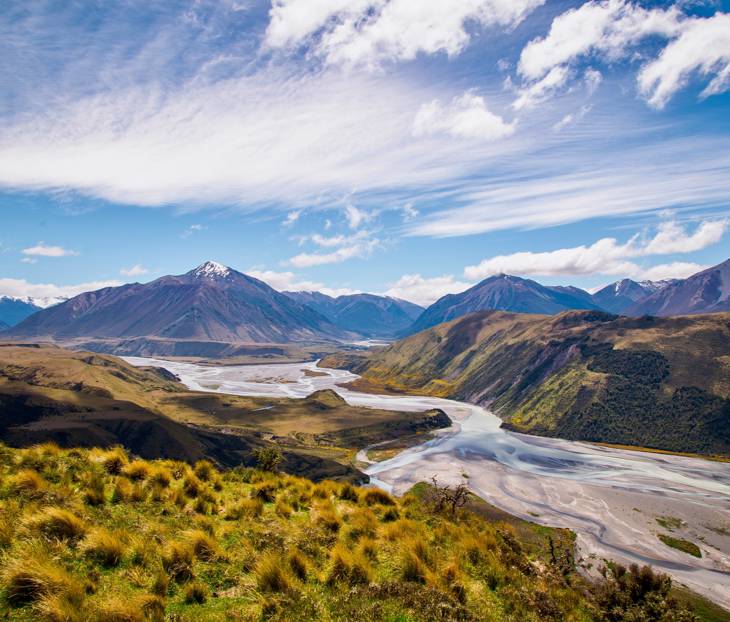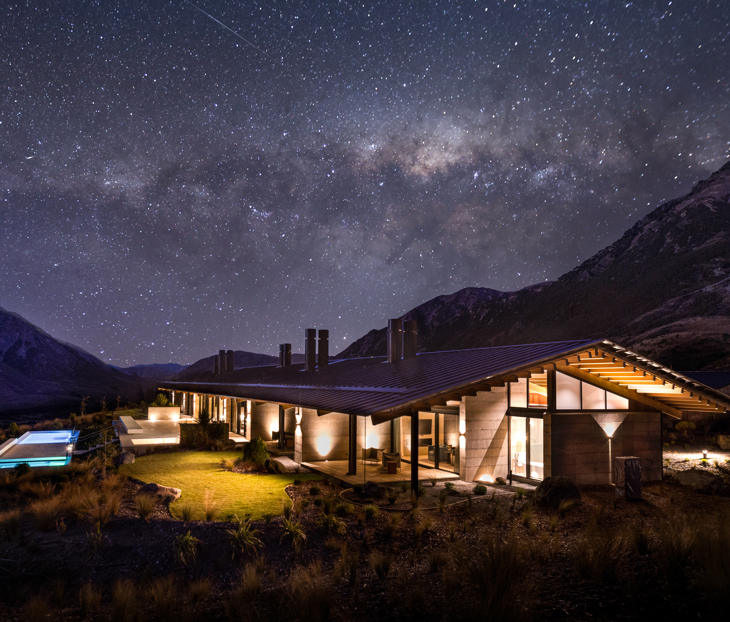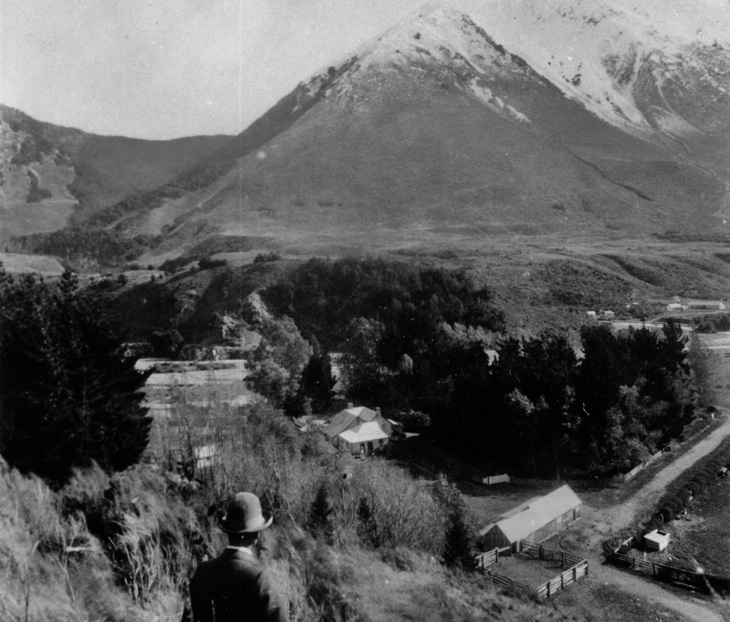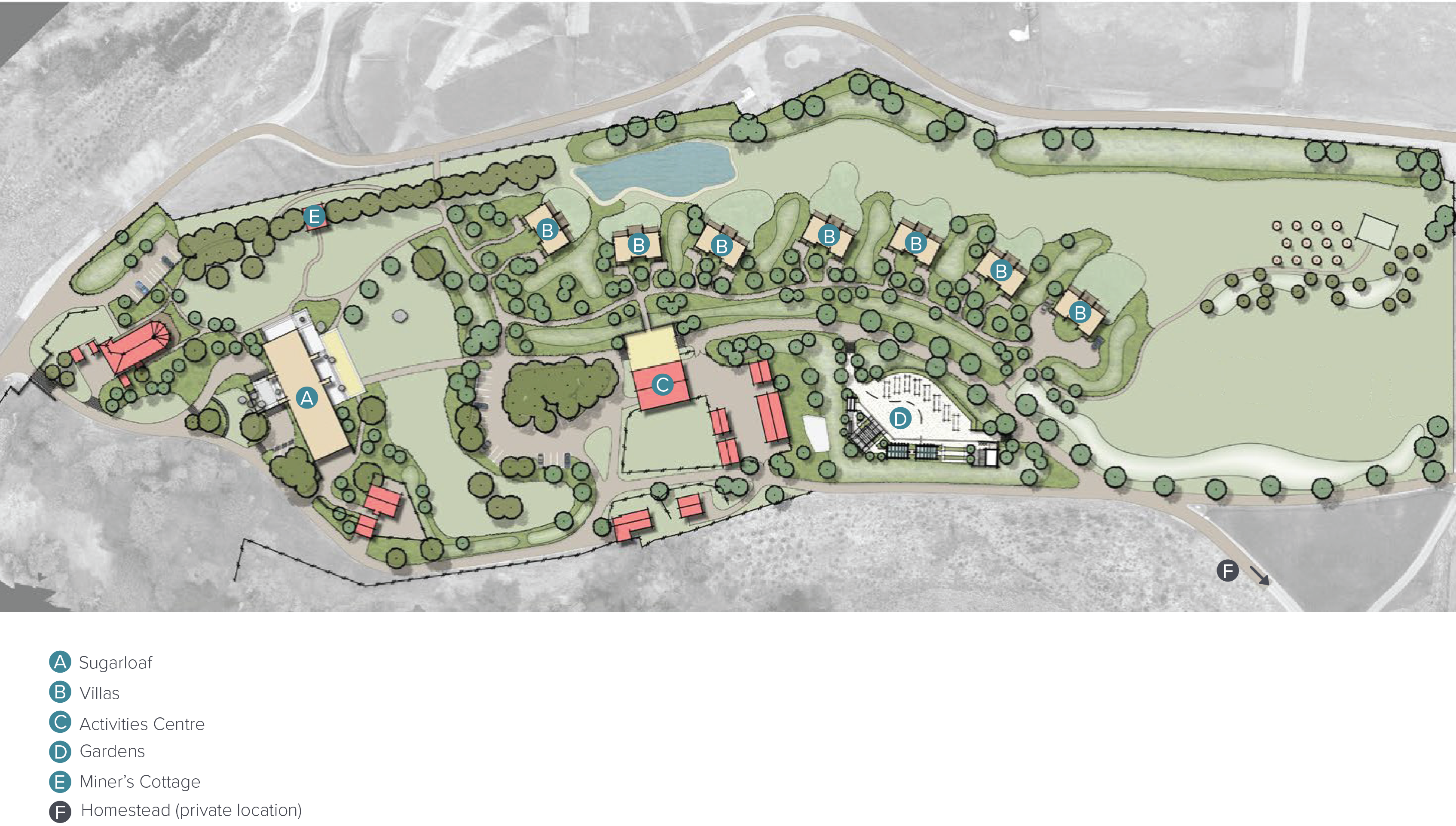FLOCKHILL - A silent witness to life in the majestic Southern Alps.
Visitors are treated to a spectacular landscape alive with the forms and hues unique to FLOCKHILL’s remote location. See the whispering brown tussock contrast against the meandering blue rivers. Watch the glowing sun set behind the striking silhouette of the mountains.

The Station
Flock Hill Station is a 36,000 acre high country operation situated in Canterbury, New Zealand; home to approximately 11,600 sheep and 450 cattle.

Flora & Fauna
There are a number of indigenous and local shrubs, trees and tussocks that inhabit FLOCKHILL. Many of species can be found nowhere else on earth but in environments like ours, gifted the ability able to survive, and even thrive in our unique geography and climate.

Landscape
Located close to the world-famous Arthur’s Pass, the property is surrounded by the dramatic mountains, winding rivers and glistening lakes that support high country life in all its forms.

The Night Sky
Each day, when the sun sets behind the mountains, we are blessed to watch the sky darken and the stars brighten. From our remote location, surrounding clear skies and wide-open spaces make us free from light pollution. Our ever-changing view of the night sky showcases the Milky Way, the Southern Cross and other nearby galaxies and constellations.

History
Flock Hill Station as it is today was originally a part of the Craigieburn Run, established by a wealthy Australian immigrant named Joseph Hawdon in 1857.



